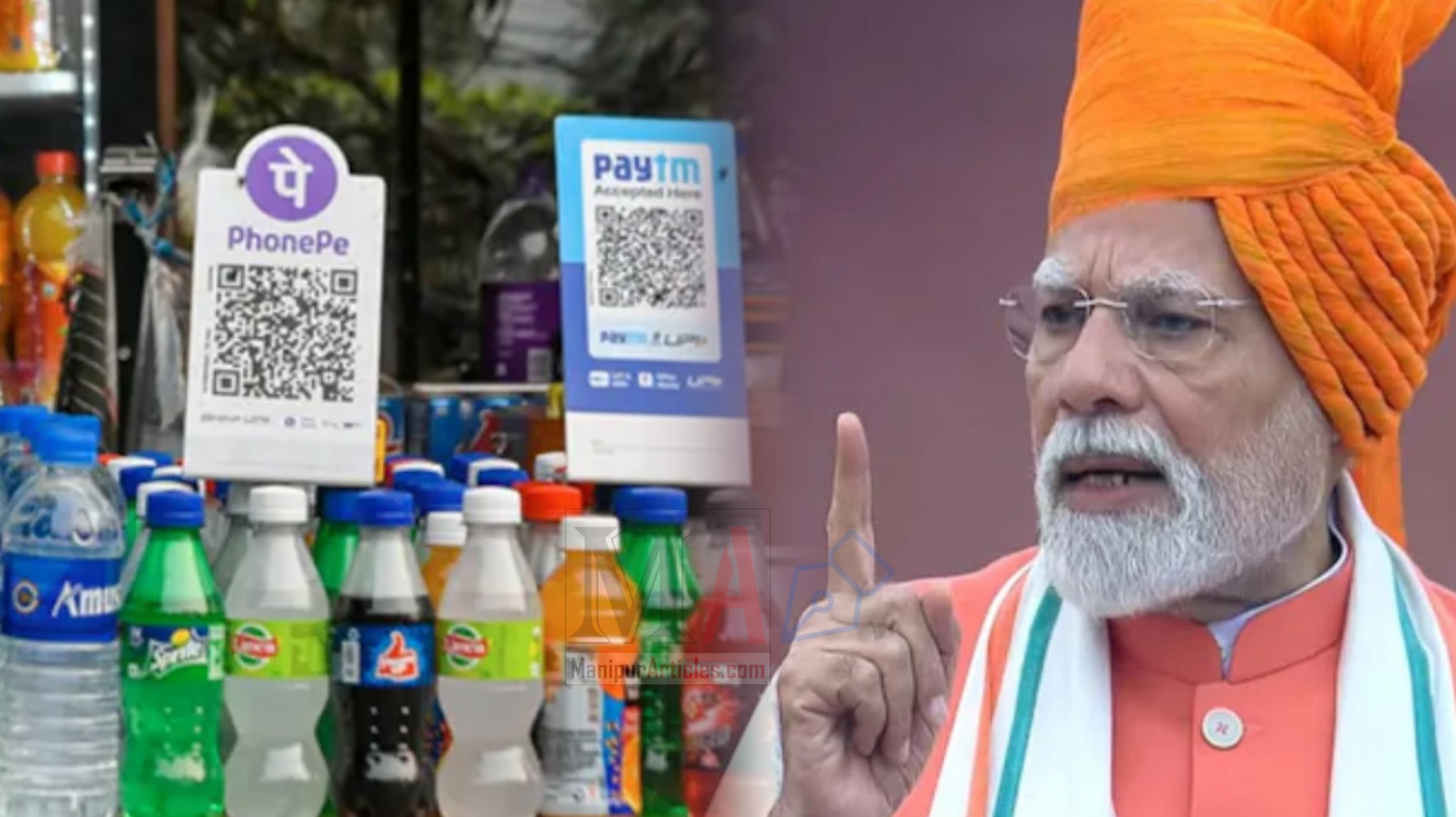“UPI POWERS HALF OF THE WORLD’S REAL-TIME TRANSACTIONS”: WHAT PM MODI SAID ON INDEPENDENCE DAY
Short Summary (one paragraph)
From the Red Fort on India’s 79th Independence Day, Prime Minister Narendra Modi spotlighted the country’s home-grown Unified Payments Interface (UPI), claiming it now powers around 50% of all real-time transactions globally. He also noted UPI’s growing international footprint — live in seven countries including the UAE, Singapore, Bhutan, Nepal, Sri Lanka, France, and Mauritius — underscoring India’s digital leadership. The big picture backs the vibe: UPI touched a record 19.47 billion transactions in July 2025 worth ₹25.08 lakh crore, while independent industry trackers continue to rank India No. 1 for instant payments.
The headline moment: a payments platform becomes a national flex
Every Independence Day speech has its hero. This year, beyond the ritual flag hoist and fly-past, a four-letter acronym stole the show: UPI. With a single line — that half of the world’s real-time digital transactions now run on India’s rails — the Prime Minister turned a technical achievement into a national flex. It’s not just a feel-good stat; it’s a sign that a domestic public digital infrastructure has become a global benchmark. The claim mirrors broader industry assessments that place India at the top of the real-time payments league by a jaw-dropping margin.
What exactly did PM say — and what’s new?
Let’s break the news down into its bite-sized bits:
- Scale: “50% of total real-time transactions” happen over UPI — a global share claim that underlines India’s dominance in instant, account-to-account payments.
- Footprint: UPI is live in seven countries — UAE, Singapore, Bhutan, Nepal, Sri Lanka, France, and Mauritius — with acceptance and/or cross-border corridors expanding.
- Signal: The message was simple: India didn’t just digitize payments; it designed rails that others now want to plug into
UPI by the numbers: the cricket-score you can’t ignore
Numbers tell the story better than adjectives:
- 19.47 billion UPI transactions in July 2025, an all-time high, moving ₹25.08 lakh crore in value.
- Hundreds of banks live on UPI, and the ecosystem keeps onboarding new players every month.
- Industry data for 2023 already had India at ~129 billion real-time transactions, more than the rest of the world’s top ten combined, and momentum hasn’t slowed.
Why does that matter? Because growth at this scale isn’t just “more people scanning QR codes.” It’s a structural shift in how money moves: from person-to-person payments at chai stalls to bill-splits, subscriptions, merchant checkout, utility bills, and even credit on UPI at mainstream retailers.
Conclusion: a QR code as a national calling card
If you’d told someone a decade ago that a black-and-white QR square would become a symbol of India’s digital power, they might have laughed. Today, that square is shorthand for instant, inclusive finance — a technology story told not in glossy decks but in 19 billion quiet taps a month. The Independence Day line wasn’t chest-thumping; it was a status update from a country whose payments stack has gone from “made in India” to “used by the world.”
FAQs
Q1) Is the “50% of global real-time transactions” figure verified outside the speech?
A: The claim aligns with independent industry reporting that consistently ranks India as the largest real-time payments market by a huge margin. Recent tallies show India processing more instant payments than the next several countries combined. The Independence Day line is consistent with that trajectory
Q2) Where exactly is UPI live outside India — and what can I do there?
A: As of now, UPI is live in UAE, Singapore, Bhutan, Nepal, Sri Lanka, France, and Mauritius. Depending on the corridor, you can scan-and-pay at merchants, send money across linked systems (like PayNow–UPI), or use UPI as an Indian traveler without foreign card hassles.
Q3) How big is UPI right now, month to month?
A: July 2025 hit a record 19.47 billion transactions, moving ₹25.08 lakh crore — and those numbers have been rising steadily for years, making UPI a daily default for P2P and merchant payments.
Q4) What makes UPI different from traditional card payments?
A: UPI is account-to-account and instant, built on open, interoperable rails. Cards are great for credit and global acceptance; UPI shines for low-cost, real-time everyday payments with QR-first acceptance. Many merchants now accept both, and “credit on UPI” bridges the gap.
Q5) Is UPI safe? What should users watch out for?
A: The rails are secure, but social-engineering scams target users. Golden rules: never share your UPI PIN, verify beneficiary names before approving, and be wary of collect requests from unknown parties. Many apps now show warnings and stronger payee verification to help you spot red flags. (General best practices; stay updated via your bank/app notices.)




